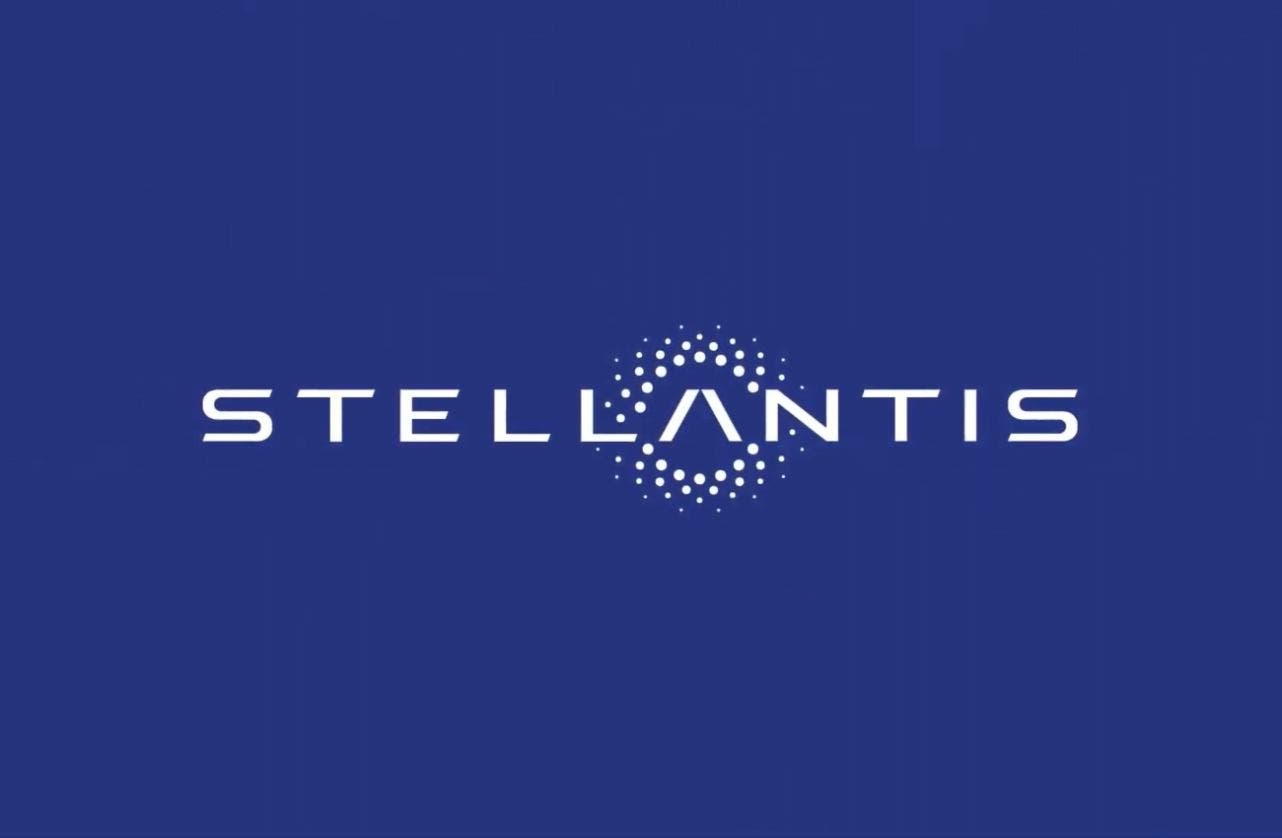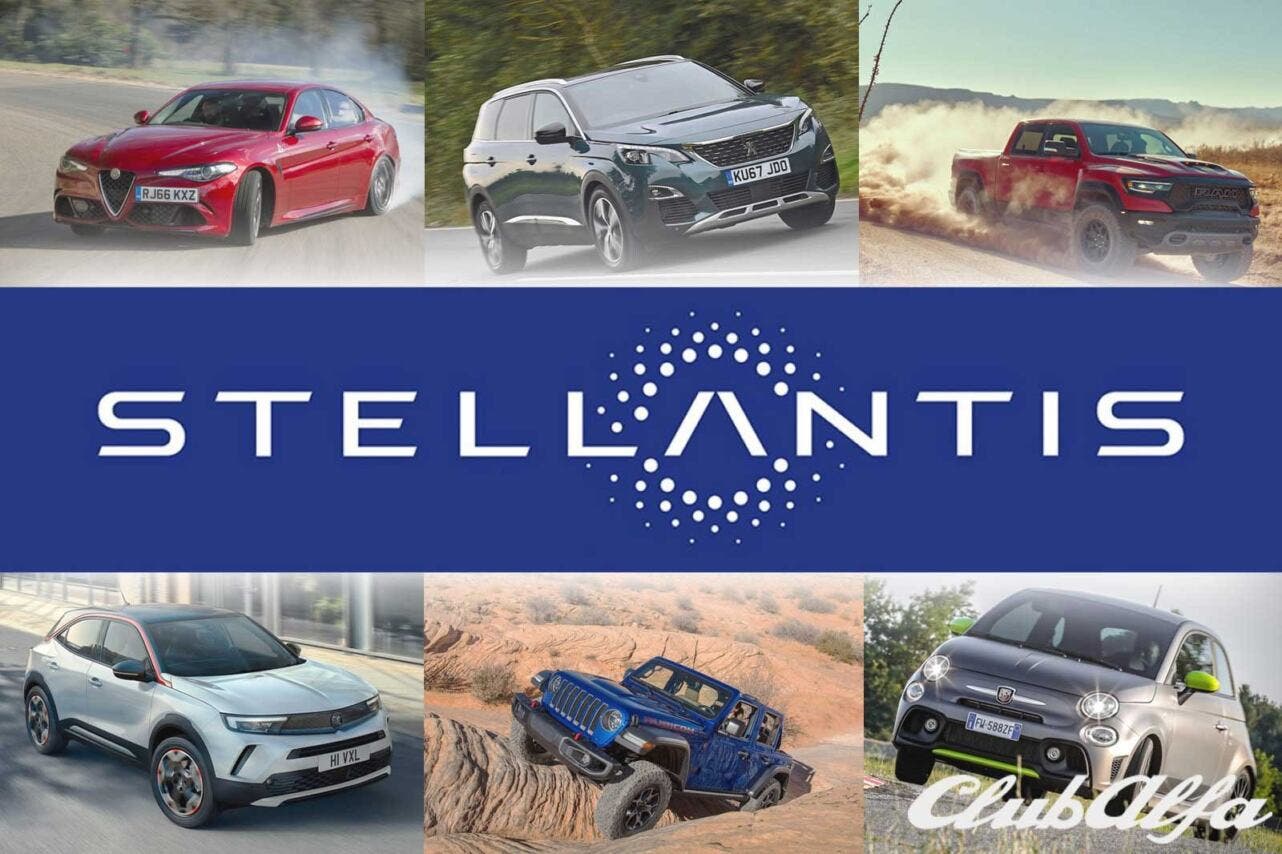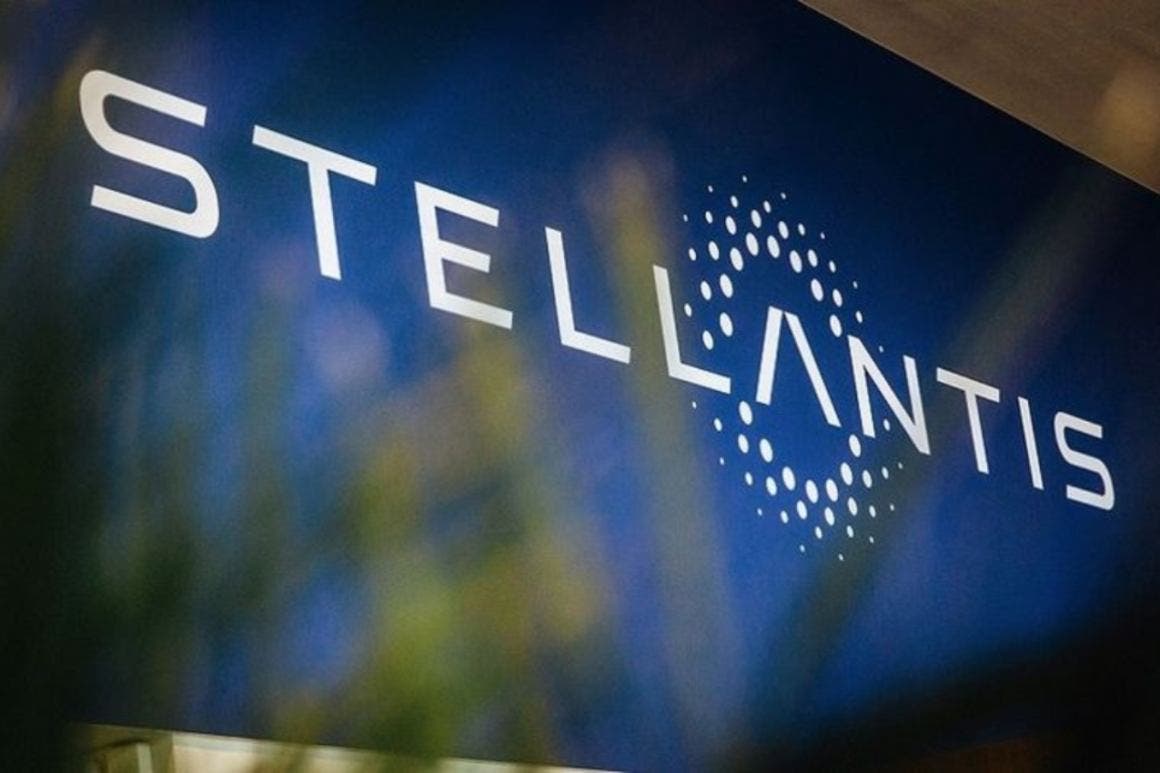Stellantis has announced financial results for the first half of 2024, with net revenue of 85 billion euros, down 14 percent year-on-year, and net profit of 5.6 billion euros, down 48 percent year-on-year. The adjusted operating income of 8.5 billion euros represents a 10 percent margin, and adjusted diluted earnings per share fell 35 percent year-on-year. The decline in financial results in the first half of 2024 is mainly due to lower sales and an unfavorable mix change.
Stellantis reports net sales of 85 billion euros, down 14% compared to the first half of 2023: profits plummet

The decline in volumes, accentuated by a difficult comparison with the results of the first half of 2023, is the result of a set of inventory reduction measures, temporary production shortages due to a transitional period of key product renewals, and a decline in market share, particularly in North America.
Decidedly focused on short-term launch success, the company hopes that the impact of these gaps in its product portfolio has reached its peak and that actions taken by management to improve results in North America and across Europe will offer significant performance enhancement opportunities for the second half of 2024 and the year 2025.
On the commercial front, Stellantis maintains its leadership in the utility vehicle market and for the first time rises to the top of the Middle East and Africa region in terms of market share. The company maintains its leading position in market share in Europe and South America. In the United States, Stellantis is number 1 in plug-in hybrid vehicle sales and number 2 in low-emission vehicle sales.
Thanks to Leapmotor‘s cost competitiveness and progress in powertrains and connectivity, the Leapmotor International joint venture is preparing to launch its first high-tech electric vehicles, the C10 SUV and the T03 city car. Initial implementation will take place in wider Europe, followed by South America, Middle East and Africa, as well as India and Asia Pacific by the end of 2024.

The company expects 20 new products in 2024, 10 of which have already started production in the first half of the year. In recognition of their rich heritage in Italy and Germany, the Fiat and Opel brands celebrated their 125th anniversary. Fiat announced its return to the global market with the Grande Panda, which will be offered at a starting price below 25,000 euros for the 100% electric version, and will also be available in a hybrid version.
Eight new vehicles are planned on the STLA Large platform between 2024 and 2026, such as Dodge Charger Daytona, Jeep Wagoneer S and Jeep Recon. Highly flexible, the new native multi-energy BEV platform is optimized for various electric propulsion modules, to offer customers the instant torque response of electric propulsion combined with a range of 800 km.
From its first use in 2022 until 2026, the Smart Car platform will serve as the basis for 13 models in three different regions. This platform combines advanced technology and affordable prices to provide accessible electric technology to all. In Europe, the Fiat and Opel brands will use this platform after the launches of the Citroën C3 and C3 Aircross.
Stellantis has chosen an approach based on two different battery chemical characteristics and is exploring innovative technologies for the design of battery modules and cells. The company recently announced a five-year collaboration with CEA, a major research institute, to design next-generation battery cells for electric vehicles.

Very popular in Europe, Stellantis’ electrified dual-clutch transmissions (e-DCT) contributed to a 53% year-on-year increase in hybrid vehicle sales in the EU30. Thirty hybrid models are planned for this year and six more by 2026. These vehicles offer an exceptional driving experience with lower CO2 emissions, all at a more affordable price compared to plug-in hybrid or 100% electric models. Stellantis is a leader in sales of low-emission vehicles, including battery electric vehicles, fuel cell vehicles and plug-in hybrids, in the EU30 for A and B segments and light commercial vehicles.
Artificial intelligence-based technology platforms (STLA Brain, STLA SmartCockpit and STLA AutoDrive) are fundamental to Stellantis’ technological advances. Their technological integration is expected by the end of 2024, with implementation on vehicles in 2025.
Carlos Tavares, CEO, stated: “The company’s results for the first half of 2024 do not meet our expectations, reflecting both a difficult industrial context and our operational difficulties. Corrective measures were necessary and have been adopted to solve these problems. At the same time, we have launched a major product offensive, with 20 new vehicles planned for this year, which will offer us even more opportunities if we manage to implement it well. We have important work to do, particularly in North America, to fully realize our long-term potential. I would like to thank each of the Stellantis employees for their teamwork and involvement during this crucial chapter in our history.”

